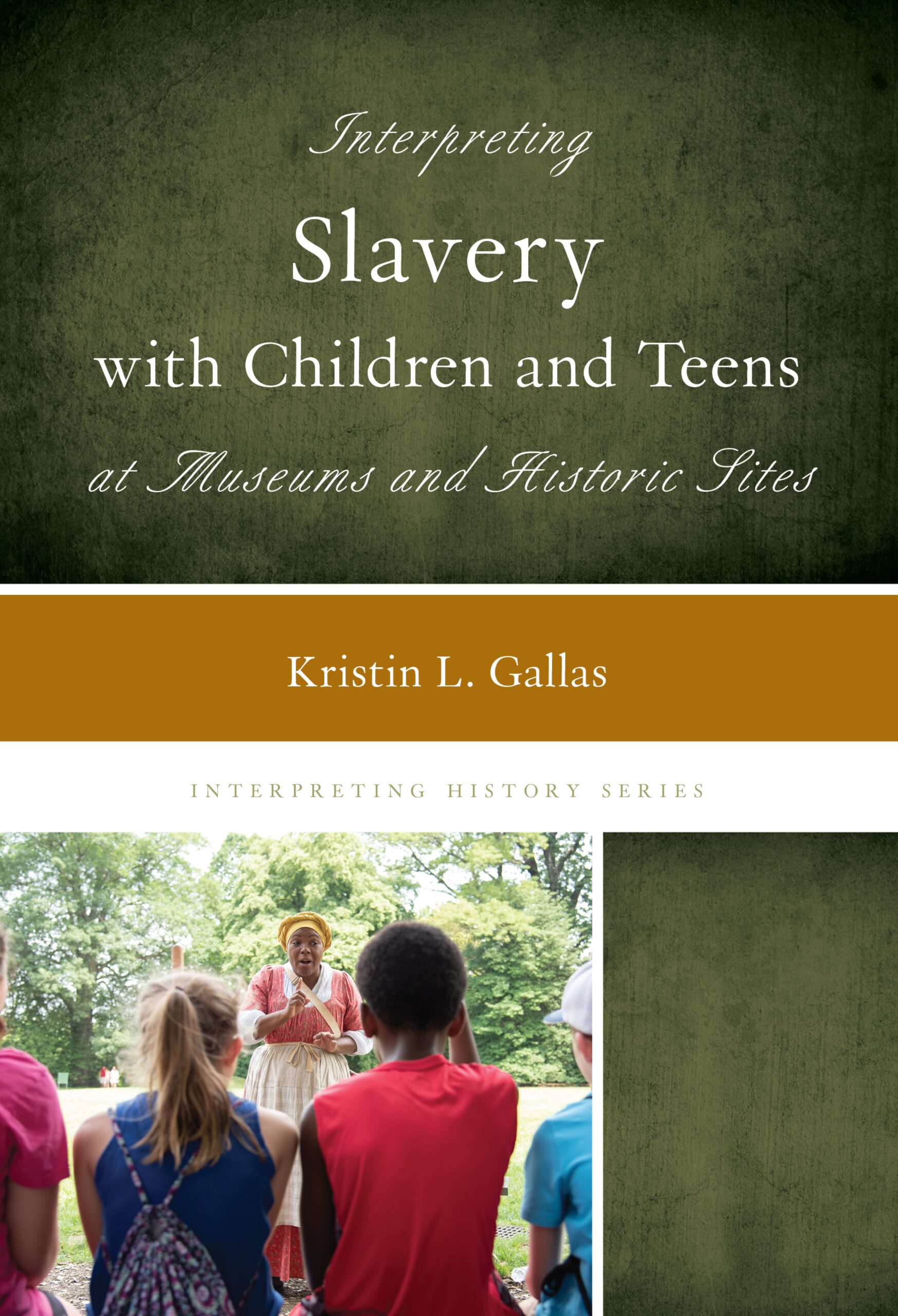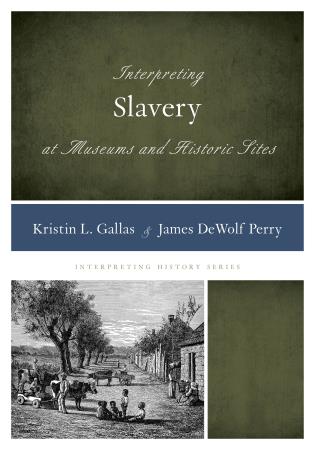Interpreting Slavery with CHildren and Teens at Museums and Historic Sites
Interpreting Slavery with Children and Teens (Rowman and Littlefield, September 2021) pulls information from the existing literature, research from related fields, consultations with colleagues, and observations of school programs at a variety of museums and historic sites to create a framework that supports the development of comprehensive and conscientious school and family programs. The book’s framework aims to move the field forward in its collective conversation about the interpretation of slavery with young audiences, acknowledging the criticism of the past and acting in the present to develop inclusive interpretation of slavery. When an organization commits to doing school and family programs on the topic of slavery, it makes a promise to past and future generations to keep alive the memory of long-silenced millions and to raise awareness of the racist legacies of slavery in our society today. Read an excerpt of “Interpreting Slavery with Children and Teens.”

Gallas’s idea, which is now this book, has the potential to transform the way the public understands American slavery. But to do so, public history professionals, when they pick up this book, have to muster the courage to implement what’s inside.

– Hasan Kwame Jeffries, Associate Professor of History at The Ohio State University

Interpreting Slavery at Museums and Historic Sites
Interpreting Slavery aims to move the field forward in its collective conversation about the interpretation of slavery—acknowledging criticism of the past and acting in the present to develop an inclusive interpretation of slavery. Presenting the history of slavery in a comprehensive and conscientious manner requires diligence and compassion—for the history itself, for those telling the story, and for those hearing the stories—but it’s a necessary part of our collective narrative about our past, present, and future. The book features best practices for interpreting slavery across the country and for diverse visitors, developing support within an institution for the interpretation of slavery, and training interpreters.
This seminal work … will make a significant impact.

– Rex M. Ellis, Associate Director, Smithsonian National Museum of African American History and Culture
Interpreting Slavery at Museums and Historic Sites provides museum professionals with a roadmap to help them engage the topic with greater confidence and vision. It is thoughtful and comprehensive. Well worth the read.

– Christy Coleman, (former) president of The American Civil War Center at Historic Tredegar in Richmond, Virginia

